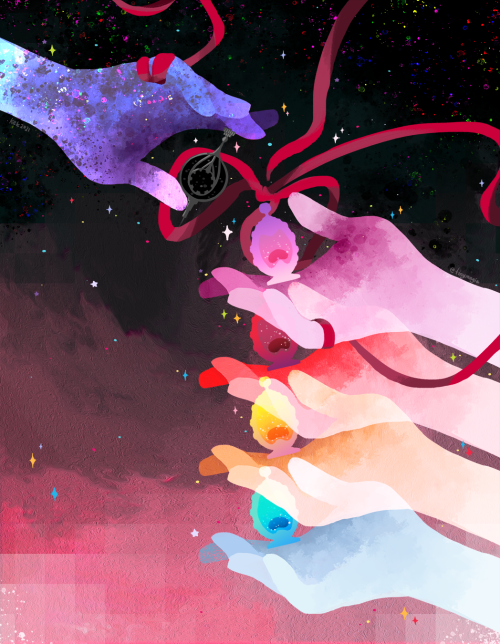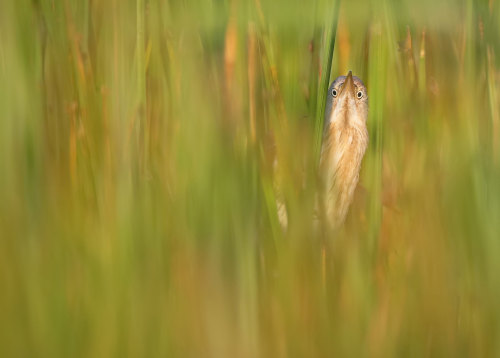This Is The Waxing Gibbous Moon! 🌔🌔🌔

This is the Waxing Gibbous Moon! 🌔🌔🌔
Yesterday, October 16th, was International Observe the Moon Night, which meant that Slooh’s telescopes were pointed at the beautiful Moon! Check out more resources to celebrate this exciting day here: https://www.space.com/international-observe-the-moon-night-2021 🤩🤩🤩
Taken by me (Michelle Park) using the Slooh Canary One telescope on October 16th, 2021 at 23:32 UTC.
More Posts from Mystarypi and Others

Throwback Thursday!

despite everything, you still love madoka magica (happy 10th anniversary!!)

This is the Black Eye Galaxy! 🌌🌌🌌
The disk of this galaxy vigorously produces stars with its rapid inflow of mass into the incredibly active black hole at the center. An inner disk produces this galaxy’s distinct dust lane that gives it its name! 🌃🌃🌃
Taken by me (Michelle Park) using the Slooh Canary Two telescope on March 7th, 2021 at 4:53 UTC.

Image of Saturn taken by Cassini spacecraft in October 28, 2016.
Credit: NASA/JPL

This is the Trifid Nebula! 💞💞💞
This nebula’s unique name comes from the 3 dark bands of dust that traverse its center. Despite the nebula itself holding many massive stars, it is no longer undergoing star formation because these highly radiative stars have blown a lot of the dust away! 💫💫💫
Taken by me (Michelle Park) using the Slooh Canary Two telescope on February 5th, 2022 at 8:37 UTC.

This is the Eagle Nebula! 🦅🦅🦅
This young cluster of stars and the distinct Pillars of Creation at the center of the nebula are located in the constellation of Serpens. These stars, which were formed in the HII region of this nebula, are very massive: some of them are up to 1 million solar luminosities! ✨✨✨
Taken by me (Michelle Park) using the Slooh Canary Two telescope on May 9th, 2021 at 00:36 UTC.

This is the Lobster Nebula! 🦞🦞🦞
Despite this creative name, there were multiple petitions to change this nebula’s name to the Madokami Nebula (named after a character in the anime Madoka Magica) and the War and Peace Nebula (named after its resemblance to a skull and dove). The core of the nebula is the Pismis-24 cluster containing very massive stars up to 100 solar masses each! ✨✨✨
Taken by me (Michelle Park) using the Slooh Canary Two telescope on February 26th, 2021 at 8:32 UTC.

This is the Orion Nebula! ✨✨✨
Thought to be a cosmic fire of creation by the Mayans, the Orion Nebula’s bright, vibrant colors come from the massive stars in the open star cluster at the center of the nebula. This star forming region is giving birth to thousands of stars, each of them only a few million years old! 💫💫💫
Taken by me (Michelle Park) using the Slooh Canary Two telescope on March 21st, 2021 at 22:53 UTC.

Lagoon Nebula, M8, in Sagittarius ❤
Taken by me (Michelle Park) using the Slooh Canary Two Telescope, taken in August 2018.
-
 jiwtas11 liked this · 2 years ago
jiwtas11 liked this · 2 years ago -
 saturninluv liked this · 2 years ago
saturninluv liked this · 2 years ago -
 melancholyvic reblogged this · 3 years ago
melancholyvic reblogged this · 3 years ago -
 adri999 liked this · 3 years ago
adri999 liked this · 3 years ago -
 red-umbrella-811 reblogged this · 3 years ago
red-umbrella-811 reblogged this · 3 years ago -
 red-umbrella-811 liked this · 3 years ago
red-umbrella-811 liked this · 3 years ago -
 nlockett reblogged this · 3 years ago
nlockett reblogged this · 3 years ago -
 nlockett reblogged this · 3 years ago
nlockett reblogged this · 3 years ago -
 nlockett liked this · 3 years ago
nlockett liked this · 3 years ago -
 yakutyanochka liked this · 3 years ago
yakutyanochka liked this · 3 years ago -
 rsfz-rennane liked this · 3 years ago
rsfz-rennane liked this · 3 years ago -
 myopicmeerkat liked this · 3 years ago
myopicmeerkat liked this · 3 years ago -
 arteesticpleasures22 liked this · 3 years ago
arteesticpleasures22 liked this · 3 years ago -
 saturntellsme liked this · 3 years ago
saturntellsme liked this · 3 years ago -
 aubriestar liked this · 3 years ago
aubriestar liked this · 3 years ago -
 matovilac liked this · 3 years ago
matovilac liked this · 3 years ago -
 997yen reblogged this · 3 years ago
997yen reblogged this · 3 years ago -
 adenoshea liked this · 3 years ago
adenoshea liked this · 3 years ago -
 strawnat liked this · 3 years ago
strawnat liked this · 3 years ago -
 blackm00nflower liked this · 3 years ago
blackm00nflower liked this · 3 years ago -
 quasarz reblogged this · 3 years ago
quasarz reblogged this · 3 years ago -
 quasarz liked this · 3 years ago
quasarz liked this · 3 years ago -
 kittyfolklore liked this · 3 years ago
kittyfolklore liked this · 3 years ago -
 procyon-tlflan-blog liked this · 3 years ago
procyon-tlflan-blog liked this · 3 years ago -
 autistic-shaiapouf reblogged this · 3 years ago
autistic-shaiapouf reblogged this · 3 years ago -
 marciofortuna liked this · 3 years ago
marciofortuna liked this · 3 years ago -
 burningcowboyhoagietaco liked this · 3 years ago
burningcowboyhoagietaco liked this · 3 years ago -
 thissometimepoet liked this · 3 years ago
thissometimepoet liked this · 3 years ago -
 somethindarker liked this · 3 years ago
somethindarker liked this · 3 years ago -
 xxkitxx liked this · 3 years ago
xxkitxx liked this · 3 years ago -
 grayzonephoto liked this · 3 years ago
grayzonephoto liked this · 3 years ago -
 in-modo-aleatorio liked this · 3 years ago
in-modo-aleatorio liked this · 3 years ago -
 ghost-oftheriver liked this · 3 years ago
ghost-oftheriver liked this · 3 years ago -
 mystarypi-astronomy reblogged this · 3 years ago
mystarypi-astronomy reblogged this · 3 years ago -
 mystarypi reblogged this · 3 years ago
mystarypi reblogged this · 3 years ago

